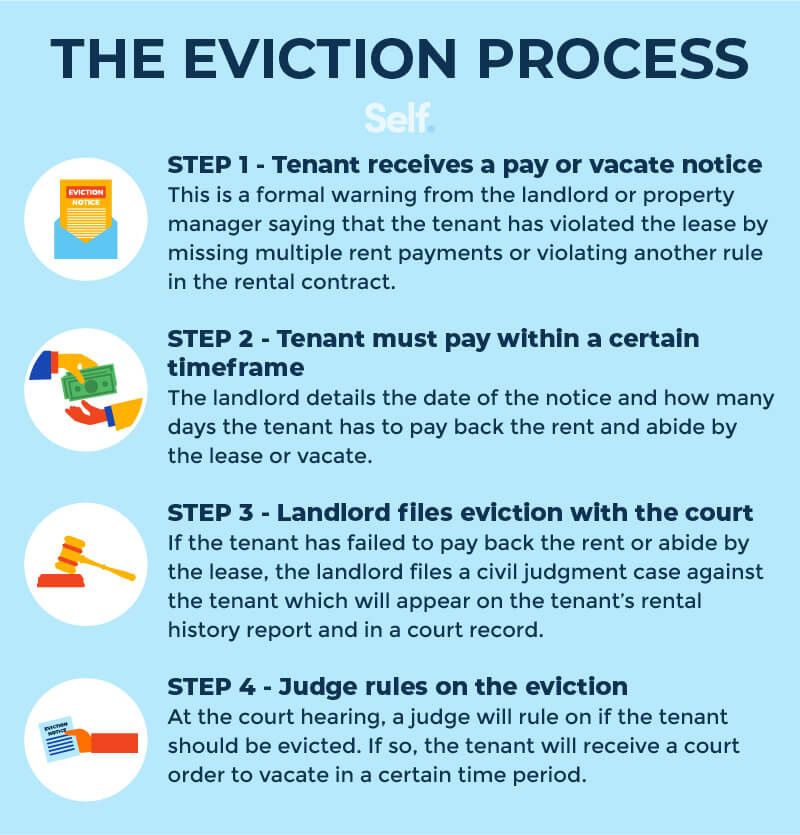Evicting a tenant is one of the most challenging aspects of being a landlord. From legal requirements to understanding the eviction process, there are several key factors that landlords need to be aware of. In this article, we will discuss everything you need to know about the eviction process as a landlord.
Understanding the Legal Requirements
Before initiating the eviction process, it is essential for landlords to understand the legal requirements in their jurisdiction. Each state has its own set of laws and guidelines when it comes to evictions, so it is crucial to familiarize yourself with the specific regulations in your area. Failure to comply with the legal requirements can lead to delays or even dismissal of the eviction case.
Valid Reasons for Eviction
When considering evicting a tenant, landlords must have valid reasons for doing so. Common grounds for eviction include non-payment of rent, violation of lease terms, property damage, or illegal activities on the premises. It is important to document any violations or breaches of the lease agreement to support your case in court.
Sending Notice to the Tenant
Before filing for eviction, landlords are required to provide the tenant with a written notice to vacate the property. The notice should include the reason for eviction, the date by which the tenant must vacate the premises, and any other relevant information. It is crucial to follow the proper procedures outlined in your state’s laws to ensure that the notice is legally valid.
Filing for Eviction
If the tenant fails to vacate the property after receiving the notice to vacate, landlords can proceed with filing for eviction in court. This involves submitting a complaint to the court, serving the tenant with a summons, and attending a hearing to present your case. It is recommended to seek legal assistance from an attorney who specializes in landlord-tenant law to navigate the legal process effectively.
Obtaining a Writ of Possession
If the court rules in favor of the landlord, the next step is to obtain a writ of possession. This document authorizes the sheriff or a law enforcement officer to physically remove the tenant from the property if they refuse to vacate voluntarily. Landlords must coordinate with the appropriate authorities to execute the eviction safely and legally.
Conclusion
Evicting a tenant is a complex and challenging process that requires landlords to adhere to strict legal requirements and procedures. By understanding the eviction process, landlords can navigate the situation effectively and protect their rights as property owners. It is essential to consult with legal professionals and follow the proper channels to ensure a successful eviction process.
Remember, each state has its own laws and regulations regarding evictions, so it is crucial to do your research and seek guidance from legal experts to avoid any potential pitfalls in the eviction process.
By being informed and proactive, landlords can minimize the stress and complications that come with evicting a tenant and make the process as smooth and efficient as possible.
